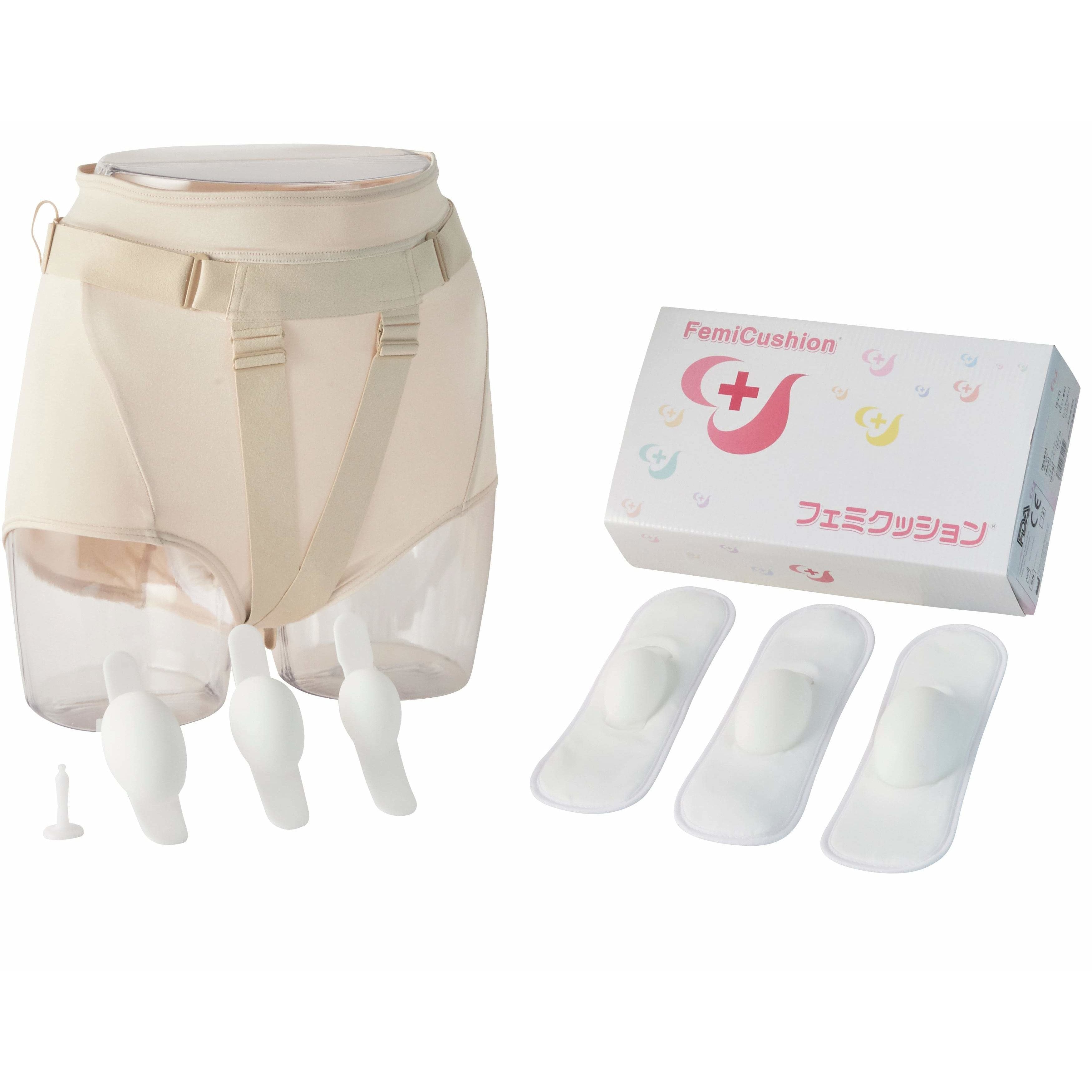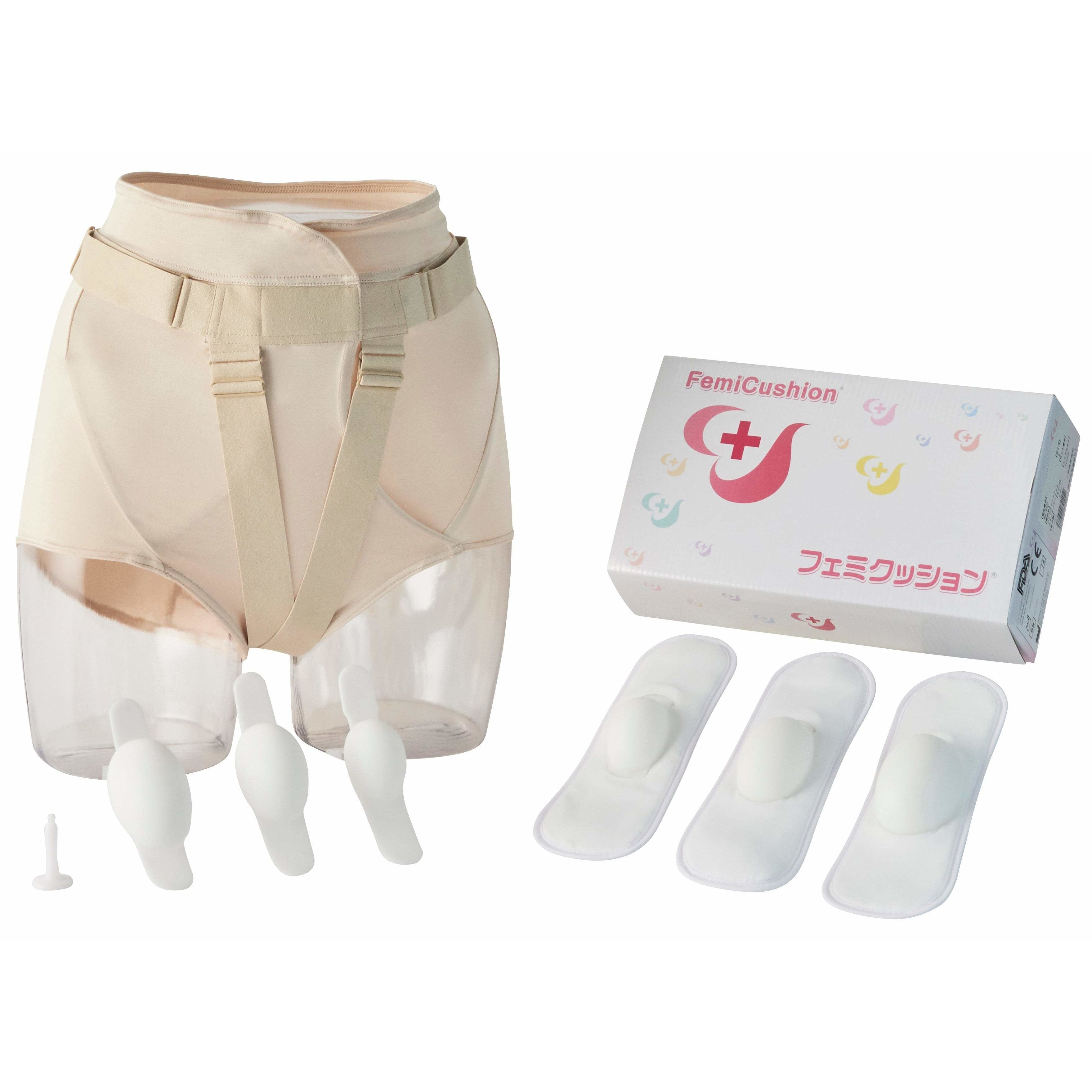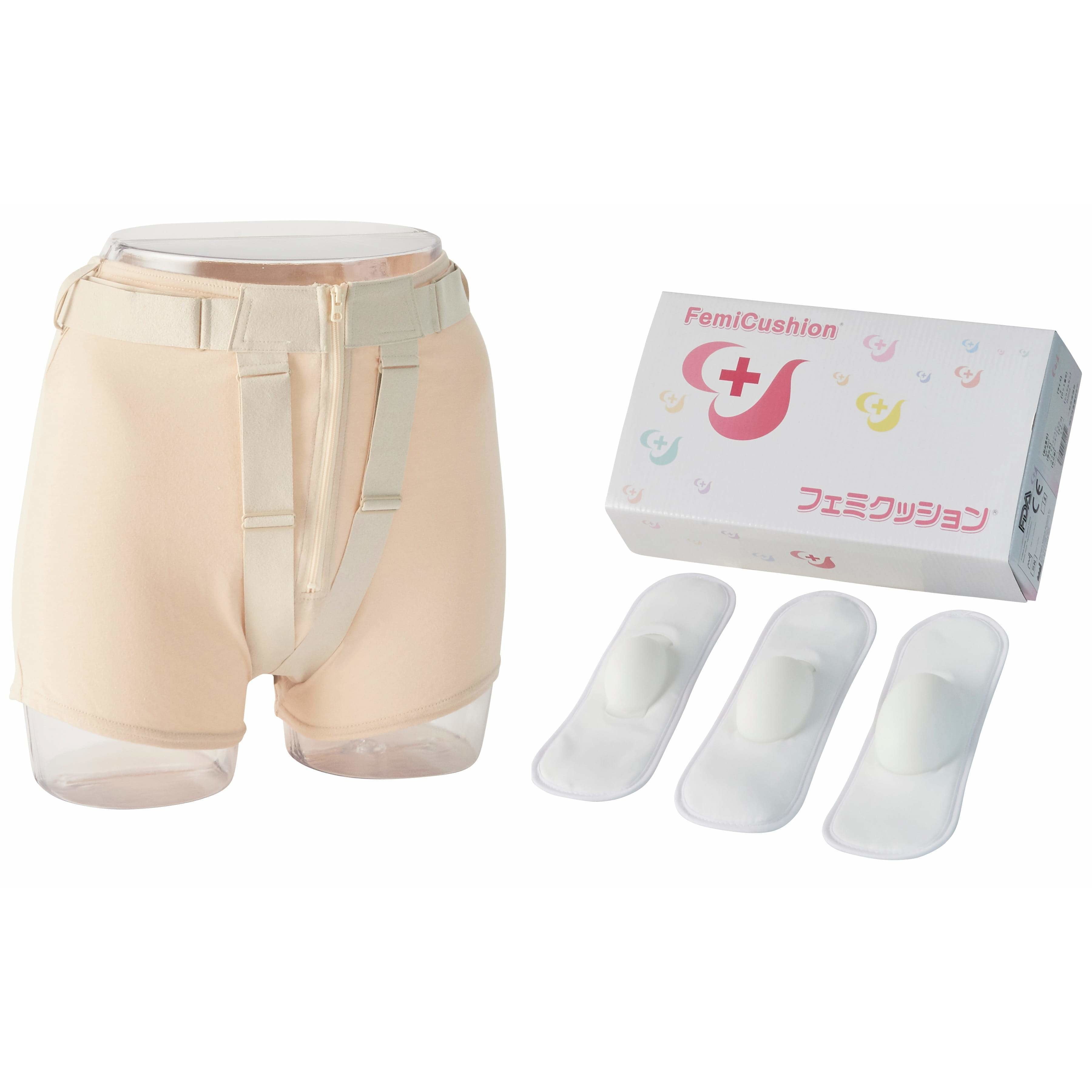Understanding Uterine Fibroids: Causes, Symptoms, and Treatment Options
Table of Contents

Uterine fibroids are a benign mass of tissues that often develops in the uterus, typically in the reproductive years. Also called leiomyomas, or simply myomas, uterine fibroids are quite common. About 70% of Caucasian women and more than 80% of women with African ancestry report having been diagnosed with uterine fibroids during their lifetime.
Often these fibroids are asymptomatic and are only diagnosed after a pelvic exam. Though not fatal, uterine fibroids can lead to pain and discomfort, and even anemia and infertility, if left untreated. In addition, uterine fibroids are one of the leading causes of hysterectomy. Raising awareness about uterine fibroids among women is important to prevent delays in treatment and complications.
This article will explore what are the causes, risk factors, and symptoms of uterine fibroid and its treatment options to enable you to understand the condition better and make informed decisions about the available treatment options.
Causes and Risk Factors
The exact cause of uterine fibroid is not yet known. However, doctors have identified several risk factors that can contribute to the development of this condition.
- Genetic factors: Women with a family history of fibroids are more likely to develop uterine fibroids.
- Hormonal factors: High levels of hormones like estrogen and progesterone can increase the risk of developing fibroids. In addition, fibroids may grow rapidly during pregnancy, when these hormone levels are high. On the other hand, fibroids have been reported to shrink in size after menopause, when the hormone levels drop.
- Lifestyle factors: Obesity, high intake of red meat, lack of fruits and vegetables in the diet, and lack of physical activity can also increase the risk of uterine fibroids.
- Medical conditions: Certain medical conditions, such as endometriosis and adenomyosis, have been reported to be associated with an increased risk of fibroids.
Symptoms of Uterine Fibroid
The symptoms of uterine fibroid depend upon its location and size. Some women with uterine fibroids may not experience any symptoms at all. Others may experience symptoms like:
- Heavy menstrual bleeding
- Prolonged menstrual periods (lasting more than a week)
- Painful menstrual periods
- Pelvic pain or pressure
- Pain during sexual intercourse
- Frequent urination or difficulty emptying the bladder
- Constipation or bloating
- Enlargement of the lower abdomen
- Backache or leg pain
- Infertility or difficulty getting pregnant
- Miscarriage or premature delivery (in rare cases)
How are Uterine Fibroids Diagnosed?
Uterine fibroids can be diagnosed through various methods, such as:
- Medical history and physical examination: Your physician may ask you questions about the symptoms you have been experiencing, your menstrual cycle, and other medical histories. They may also perform a pelvic exam to check for any abnormalities in the pelvis.
- Imaging tests: your doctor may also advise you to get imaging tests like ultrasonography (hysterosonography), MRI, and CT scans done. Those tests will help them visualize the uterus and detect the presence of fibroids. In some cases, specific imaging tests like hysterosalpingography and hysteroscopy are advised.
- Biopsy: If your doctor wants to check for malignancy of the fibroid, she/he will also ask you to get a biopsy. A small sample of tissue will be taken from the fibroid and examined under a microscope.
Treatment Options
There are several uterine fibroid treatment options available, including:
- Medication: Your doctor may prescribe you medications like gonadotropin-releasing hormone (GnRH) agonists and Progestin-releasing intrauterine devices (IUD) to help bring down the level of estrogen and progesterone hormone, and thus, help shrink the fibroid. Medications like nonsteroidal anti-inflammatory drugs (NSAIDs) help with pain and cramps associated with uterine fibroids. Tranexamic acid is taken to ease heavy menstrual periods.
- Non-surgical procedures: Among non-surgical procedures to treat uterine fibroid, embolization of the uterine artery is the most common. It is a minimally-invasive procedure that involves injecting small embolic agents into the arteries supplying the uterus, thus, cutting off the blood flow to fibroids, causing them to shrink. Other approaches include Radiofrequency ablation, laparoscopic or robotic myomectomy (surgical removal of fibroids) and MRI-guided focused ultrasound surgery.
-
Surgical procedures: In some cases, a traditional surgical approach may be necessary to treat uterine fibroids.
- Abdominal myomectomy: This is an open-abdominal fibroid removal surgery that is performed to remove multiple fibroids, very large fibroids, or very deep fibroids.
- Hysterectomy: In advanced cases of uterine fibroid, complete removal of the uterus may be needed.
- Alternative therapies: Some women may choose to explore alternative or natural remedies for fibroids to help manage the symptoms, such as acupuncture, herbal medicines, and dietary supplements. However, there is limited scientific evidence to support the effectiveness of these treatments.
Things to do to prevent Uterine Fibroids
Though it's not always possible to prevent uterine fibroids, following some lifestyle habits can help reduce the risk or severity of symptoms
- Maintaining a healthy weight: Obesity can increase the risk of developing uterine fibroids. Maintaining a healthy weight through regular exercise and a balanced diet may help reduce this risk.
- Eating a balanced diet: Eating a diet that is rich in fruits, vegetables, whole grains, and lean protein can significantly reduce the risk of developing uterine fibroids. Limiting the intake of processed foods, refined sugars, and saturated fats can also help prevent the condition.
- Managing stress: Chronic stress may contribute to the development of uterine fibroids. Meditation and yoga can help you relax and cope with stress, and thus, reduce the risk of fibroids.
To conclude, Uterine fibroids affect several women globally. While the exact cause is unknown, certain risk factors such as family history, hormonal imbalances, and obesity have been found to be associated with the development of uterine fibroids. Often the condition is asymptomatic, and you may not need any treatment. But, if you are experiencing any symptoms, it is important to consult your healthcare provider for proper diagnosis and appropriate treatment options. Treatment options include medications, non-surgical and surgical procedures as well as natural therapies. Early diagnosis and proper treatment can help prevent complications and improve your quality of life.
Supervising Doctor of This Article

Koichi Nagao, MD PhD
Professor, Department of Urology, Toho University Faculty of Medicine
Director of Urinary tract reconstruction center, Toho University Omori Medical Center
Director of Reproduction Center, Toho University Omori Medical Center
Professor Nagao specializes in plastic surgery in the field of reproductive medicine. He completed eight years of plastic surgery training at Showa University before majoring in urology at Toho University. With his meticulous surgical techniques and careful examinations that combines urology and plastic surgery, Professor Nagao became a Board Certified Specialist with multiple associations including the Japanese Urological Association, the Japan Society for Reproductive Medicine, and the Japanese Society for Sexual Medicine.
The suggested Products

FemiCushion Standard Deluxe Kit
$299.99

FemiCushion EasyOpen Deluxe Kit
$299.99

FemiCushion Lite Kit
$249.99




